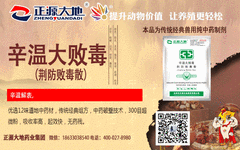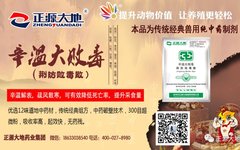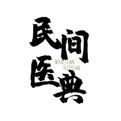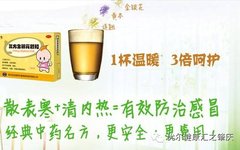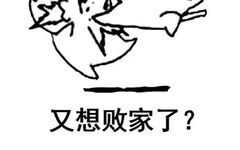Xinglin Morning Report | Don’t Worry About Wind-Cold, TCM Teaches You How to Adjust, Effects Are Immediate
◎Image authorized by Shetu Network ▲Xinglin Morning Report Special Guest Host〡Katyusha 01As the temperature drops, more people catch colds ◎Image authorized by Shetu Network After the Cold Dew (Han Lu) period, the west wind brings cold, and the temperature drops, already feeling the chill of early winter! Many people have put on thermal pants and … Read more


